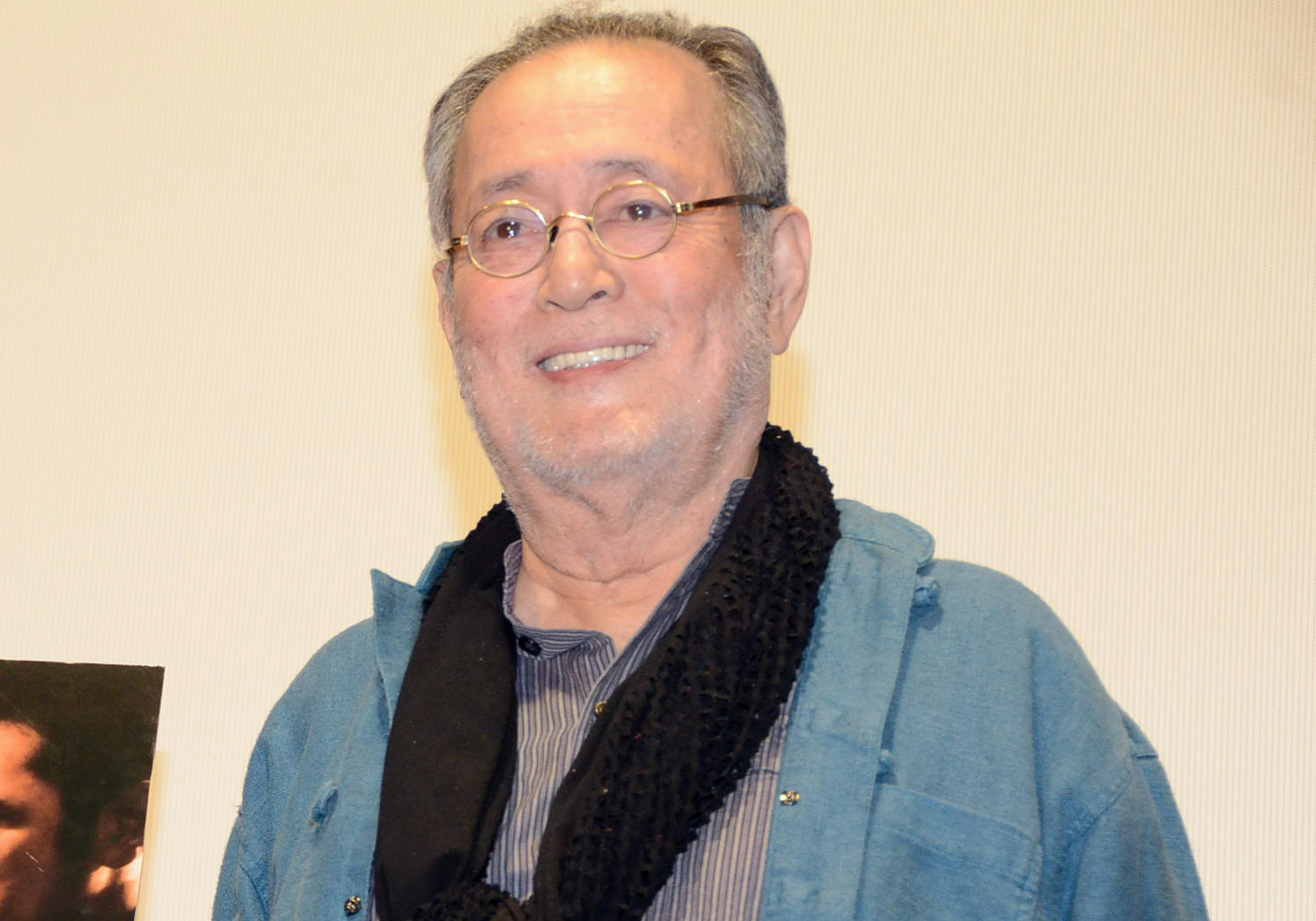
By Will Dunham
(Reuters) -A clay figurine about 12,000 years old that was unearthed at the site of a prehistoric village overlooking the Sea of Galilee in northern Israel depicts a woman and a goose in what may be one of the world's oldest renderings of a mythological scene.
Researchers said the figurine, about 1.5 inches (3.7 cm) tall, was discovered inside a semicircular stone structure about 16 feet (5 meters) in diameter at a site called Nahal Ein Gev II. The village was part of the Natufian culture of Southwest Asia, which straddled the prehistoric transition between nomadic hunter-gatherers and settled agriculturally based communities.
It is the earliest-known figurine worldwide showing human interaction with an animal, according to Laurent Davin, a postdoctoral researcher in archaeology at the Hebrew University of Jerusalem and lead author of the study published on Monday in the journal Proceedings of the National Academy of Sciences. It is also the oldest-known naturalistic, rather than stylized, portrayal of a woman in art from Southwest Asia, Davin said.
The goose is positioned on the crouching woman's back with its wings spread in a typical mating posture. The scene offers insight into this prehistoric culture's belief system, Hebrew University archaeologist and study co-author Leore Grosman said.
"We interpreted the interaction scene as the depiction of the imagined mating between an animal spirit and a human. This theme is very common in animistic societies across the world in specific situations such as erotic dreams, shamanistic visions and myths," Grosman said.
Animism is a belief system holding that natural things - living organisms such as plants and animals and inanimate objects like rocks and rivers - possess a spiritual essence.
"The scene itself - depicting a sexualized interaction between a human and an animal - is part of a long tradition in myth. Such imagery is rarely meant to be literal. Instead, it often symbolizes fertility, spiritual beliefs or the sacredness of life," University of Connecticut anthropologist and study co-author Natalie Munro said.
"In many myths across history and cultures, gods or beings take on hybrid human-animal forms to convey symbolic meanings, not actual sexual activity," Munro said.
The figurine appears to be the oldest example of a mythological scene in Southwest Asia and one of the oldest worldwide, but is younger, for example, than an apparent mythological scene among the Lascaux Cave paintings in France dating to roughly 18,000 years ago, the researchers said.
The figurine was sculpted from clay that was allowed to dry before being fired to make it durable, and later was colored with a red pigment, traces of which survive. A fingerprint of the sculptor can be seen on the figurine.
The object showcases new artistic innovations for its time. The sculptor used light and shadow to create a sense of depth and perspective, methods that would fully flourish much later.
"Given the way it was modeled, with an emphasis on its left profile, we know that this figurine was probably displayed in a particular spot to receive light, from the sun or a fireplace, on its left profile to reveal the play of light and shadows that brings to life the interaction between the goose and the woman," Davin said.
Such figurines may have served as ornaments, amulets with magical or protective properties or as props to tell stories. This one may have been part of a staged installation that village inhabitants would come to observe, Davin said.
At some point, it was buried in the fill of the structure where the researchers found it along with other objects possessing ritual meaning such as a cache of human teeth and the remains of a child.
The Natufian culture's people were the first hunter-gatherers in Southwest Asia to adopt a sedentary lifestyle, a dramatic transformation that predated the embrace of farming. This village's inhabitants hunted gazelles, practiced elaborate crafts including weaving and collected raw materials nearby such as flint and limestone.
The site bore remains of geese, with evidence of hunting, butchering and feather use. Notably, the figurine's scene was unrelated to hunting.
"The implication of this discovery," Grosman said, "is that the sedentary lifestyle generated major transformations in social structures - both between humans and between humans and their surrounding environment - which then led to major transformations in storytelling, symbolic expression and artistic techniques."
(Reporting by Will Dunham in Washington; Editing by Daniel Wallis)
LATEST POSTS
- 1
 Make your choice for a definitive Christmas getaway destination!
Make your choice for a definitive Christmas getaway destination! - 2
 Investigating Remarkable Espresso Flavors: Upgrade Your Day to day Blend
Investigating Remarkable Espresso Flavors: Upgrade Your Day to day Blend - 3
 賃上げ求めストライキ中の所も…全国で約7割が赤字『病院の苦境』持続可能な医療を実現する診療報酬の水準とは(東海テレビ)
賃上げ求めストライキ中の所も…全国で約7割が赤字『病院の苦境』持続可能な医療を実現する診療報酬の水準とは(東海テレビ) - 4
 Figure out how to Consolidate a Brain science Certificate with Social Work
Figure out how to Consolidate a Brain science Certificate with Social Work - 5
 収録中に「周囲の壁が迫ってきた」――“陽キャ”の芸人ゆってぃがパニック障害と診断されて #今つらいあなたへ(Yahoo!ニュース オリジナル 特集)
収録中に「周囲の壁が迫ってきた」――“陽キャ”の芸人ゆってぃがパニック障害と診断されて #今つらいあなたへ(Yahoo!ニュース オリジナル 特集)
 5 Morning Schedules That Empower Your Day
5 Morning Schedules That Empower Your Day 7 Peculiar Ways Of starting Your Imagination: Motivation Has Never Been This Good times
7 Peculiar Ways Of starting Your Imagination: Motivation Has Never Been This Good times 上白石萌歌、地上波連ドラ初主演 年の差ラブコメにW主演の生田斗真「美容に気を使わなきゃ」(ENCOUNT)
上白石萌歌、地上波連ドラ初主演 年の差ラブコメにW主演の生田斗真「美容に気を使わなきゃ」(ENCOUNT) 仲代達矢さん死去、92歳 『影武者』『乱』黒澤作品で活躍 2015年に文化勲章受章(シネマトゥデイ)
仲代達矢さん死去、92歳 『影武者』『乱』黒澤作品で活躍 2015年に文化勲章受章(シネマトゥデイ) 辻希美、第5子出産後3か月で公の場 長女・希空からの手紙に感涙「つけまつげ取れちゃう」(ENCOUNT)
辻希美、第5子出産後3か月で公の場 長女・希空からの手紙に感涙「つけまつげ取れちゃう」(ENCOUNT) Fundamental Home Machines: An Easy to understand Determination Guide
Fundamental Home Machines: An Easy to understand Determination Guide The Conclusive Manual for Spending plan Travel: Opening Undertakings on a Tight budget
The Conclusive Manual for Spending plan Travel: Opening Undertakings on a Tight budget A definitive Manual for Web based Mastering and Expertise Improvement
A definitive Manual for Web based Mastering and Expertise Improvement Taste the World: Five Food sources That Have Dazzled Worldwide Palates
Taste the World: Five Food sources That Have Dazzled Worldwide Palates













